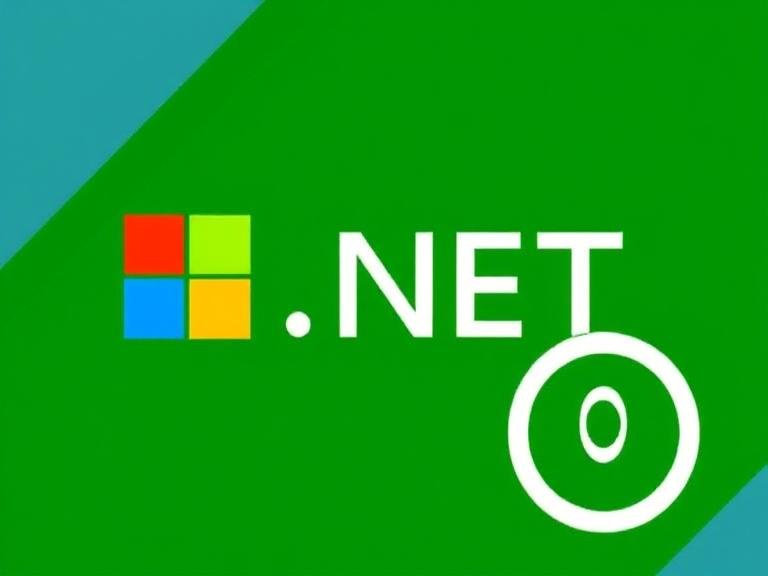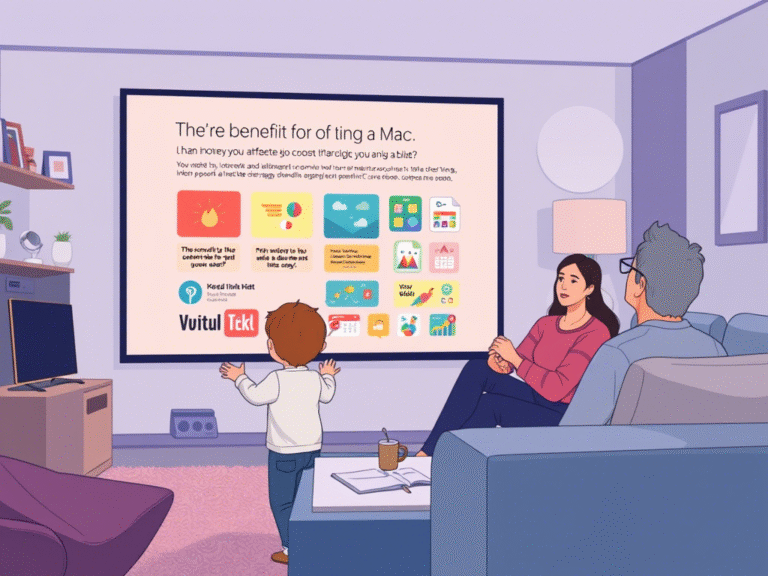
From Code to Cash: Microsoft’s $40K Incentive for Ethical Hackers
Bug bounty programs have become a vital tool in modern cybersecurity. Instead of waiting for flaws to be exploited, companies invite ethical hackers and security researchers to find vulnerabilities, report them privately, and help fix them before attackers can do harm. In return, researchers are rewarded — often with significant cash payouts.
Now, Microsoft has dramatically expanded its .NET Bug Bounty Program, offering rewards that start at $7,000 and go as high as $40,000 for the most severe and well-documented security flaws.
This update reflects Microsoft’s growing focus on securing .NET — one of the most widely used development platforms in enterprise software, cloud services, and Windows applications.
Top Reward: $40,000 for Critical Flaws
The highest payout — $40,000 — is reserved for critical vulnerabilities that could allow remote code execution (RCE) or elevation of privilege (EoP), provided the report is complete and includes a working proof-of-concept.
These are the kinds of bugs that could let an attacker take full control of a system or bypass core security layers — making them extremely dangerous if left unpatched.
To qualify for the maximum reward, submissions must not only uncover a high-impact flaw but also include detailed technical documentation, clear reproduction steps, and evidence of exploitability.
Incomplete reports may still be eligible, but they’ll receive a lower payout — often half the top-tier amount.
What Kinds of Bugs Are Eligible?
Microsoft has clearly defined the types of vulnerabilities that qualify under the updated program:
- Remote Code Execution (RCE): Full system takeover via network or input — up to $40,000
- Elevation of Privilege (EoP): Gaining higher access than intended — up to $40,000
- Security Feature Bypass: Circumventing protections like sandboxing or encryption — up to $30,000
- Remote Denial of Service: Crashing or disrupting services remotely — up to $20,000
- Spoofing or Tampering: Faking identity or altering data — up to $10,000
- Information Disclosure: Leaking sensitive data — up to $10,000
- Insecure Documentation: Code samples that encourage bad security practices — up to $10,000
The program prioritizes impact and exploitability, meaning theoretical or low-risk issues won’t earn top rewards.
What’s Included in the Program Scope?
The .NET Bug Bounty focuses primarily on:
- .NET and ASP.NET Core (including Blazor and Aspire)
- All supported versions of .NET Framework and .NET 6+
- Official project templates and starter kits
- GitHub Actions used in .NET repositories
- Adjacent technologies like F# and runtime components
This broad scope ensures that even deeply embedded parts of the ecosystem — like build pipelines and deployment tools — are covered under the program.
Why This Update Matters
By increasing rewards and clarifying eligibility, Microsoft is doing more than just paying hackers — it’s investing in trust and long-term security.
High-value payouts attract top-tier researchers who might otherwise focus on less regulated targets. It also encourages responsible disclosure, reducing the risk that critical flaws end up on the dark web or in the hands of cybercriminals.
Plus, with rising threats like supply-chain attacks and zero-day exploits, securing foundational platforms like .NET is no longer optional — it’s essential.
How to Participate
If you’re a developer, security researcher, or just someone who enjoys digging into code, here’s how to get involved:
- Visit the Microsoft MSRC Portal
- Review the official .NET Bounty Program rules and scope
- Test eligible components (open-source repos, official builds, etc.)
- Submit your report with clear steps, code snippets, and proof-of-concept
- Wait for validation — successful reports are typically rewarded within 4–8 weeks
Microsoft also rewards report quality, so the more detailed and professional your submission, the better your chances of a top payout.
Final Thoughts
With payouts now reaching $40,000, Microsoft is sending a clear message: we take .NET security seriously.
This isn’t just about patching bugs — it’s about building a safer software ecosystem by empowering the people who know how to break it the right way.
For ethical hackers and security professionals, the message is just as clear:
There’s never been a better time to start hunting vulnerabilities in .NET.





